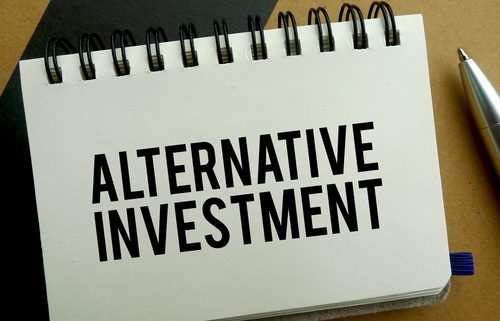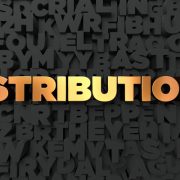What Kinds of Non-Traditional Assets Do Self-Directed IRA Investors Use?
When you invest with a Self-Directed IRA, you open up all sorts of possibilities for your investment future. The most obvious change: the fact that you can now invest in ‘nontraditional’ retirement assets. But what exactly are these assets, and what are the options available to investors?
The truth is that some assets will be more intuitive than others. Investors might be familiar with investing in real estate for retirement, for example. Owning an investment property helps supplement retirement income because of rent coming in. However, what many people do not think about is that a nontraditional retirement asset like real estate can be held within an IRA, greatly improving the tax benefits available.
With that in mind, let us explore the types of non-traditional assets that IRA investors can turn to when they use self-direction:
- Real Estate. Many people use Self-Directed IRAs for the exclusive purpose of investing in real estate in a tax-protected account. And there is no doubt about it: with well-timed, high-quality investments, this can be a great way to maximize returns. Real estate investments can include everything from raw land to single family homes for investment purposes. The key point with real estate is that an IRA investor will have to use real estate as separate from their personal benefits. For example, you would not be able to invest in a house with an IRA and then live in that house.
- Private IRA lending. Loaning out money can be a stable source of reliable income for people who make reasonable loans. Within a Self-Directed IRA, this can be an interesting way to diversify a portfolio. With a private loan, investors can have a high degree of confidence in returns, depending on the quality of the loan itself. And these returns can be independent of macroeconomic factors like the stock market.
- Tax Liens. Tax lien investing can be complicated, but well worth the efforts. That is because tax liens can generate interest rates so high that states often have to limit them. When investing in a tax lien, an investor takes over the lien on a property, which in turn may give them claim to the property under certain conditions. This makes tax lien investing related to real estate, while also potentially providing returns that, on a yearly basis, can outdo even stock market averages. The key with tax lien investing is to do one’s homework and know the lay of the land before getting involved.
- Precious metals. Gold and silver have had hallmark years thus far, and that is why so many people are thinking about hedging their investment bets with gold and silver. But other investors think of the metals as hedges to their overall retirement strategy. After all, a dip in the stock market can sap one’s portfolio, but it is difficult to sap the innate value of precious metals that have been considered valuable since antiquity. Precious metals are also hedges against inflation, since their prices are denominated in dollars.
- Privately held companies. An investor can hold a Single Member LLC, for example, and create a Checkbook IRA. In this arrangement, an investor can easily use their Self-Directed IRA, using the checkbook of the company held within the IRA. That makes it possible to make flexible investments in a much more intuitive way.
Interested in learning more about Self-Directed IRAs? Contact American IRA, LLC at 866-7500-IRA (472) for a free consultation. Download our free guides or visit us online at www.AmericanIRA.com.






